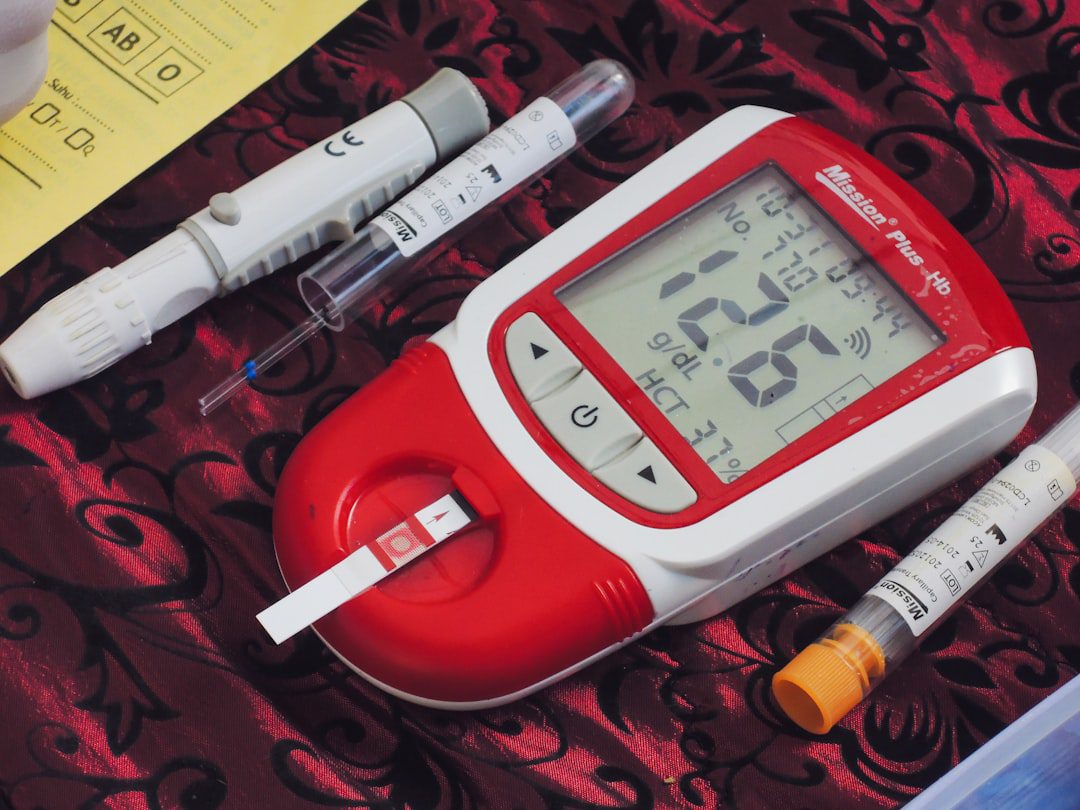
Understanding the BD PICC Catheter Early Alert
The FDA has issued an early alert regarding intravascular PICC (Peripherally Inserted Central Catheter) catheters manufactured by Becton Dickinson (BD), marking a significant development in the agency’s evolving approach to medical device safety communications. This alert represents part of the FDA’s Communications Pilot to Enhance the Medical Device Recall Program, signaling a shift toward more proactive and transparent safety reporting.
What Makes This Alert Different
Unlike traditional recall notices that are issued after extensive investigation and company response, early alerts are designed to provide rapid notification of potential safety issues while investigations are still ongoing. This represents a fundamental change in how the FDA communicates device safety concerns to healthcare providers and manufacturers.
Key characteristics of the early alert system include:
- Faster notification timelines compared to traditional recalls
- Preliminary safety information sharing while investigations continue
- Enhanced transparency in the recall process
- Improved coordination between FDA and manufacturers
PICC Catheter Safety Considerations
PICC catheters are critical medical devices used for long-term intravenous access, making their safety profile paramount for patient care. These devices are classified as Class II medical devices under 21 CFR 880.5200, requiring 510(k) premarket notification and adherence to specific performance standards.
Common safety concerns associated with PICC catheters include:
- Catheter fracture or separation
- Thrombosis and embolism risks
- Infection at insertion sites
- Migration or malposition
- Material degradation over time
Impact on Medical Device Manufacturers
This early alert system has significant implications for how medical device manufacturers should approach quality management and post-market surveillance. The accelerated communication timeline means companies must be prepared to respond more quickly to safety concerns.
Quality Management System Implications
Under ISO 13485 requirements, manufacturers must maintain robust post-market surveillance systems. The early alert framework emphasizes the need for:
- Real-time monitoring of device performance data
- Enhanced complaint handling procedures
- Proactive risk assessment protocols
- Streamlined communication channels with regulatory bodies
Compliance Action Items for Manufacturers
Medical device manufacturers should take immediate steps to align with this evolving regulatory landscape:
Immediate Actions
- Review Post-Market Surveillance: Evaluate your current surveillance systems for real-time data collection and analysis capabilities
- Update Communication Protocols: Establish rapid response procedures for safety alerts and recall communications
- Assess Similar Devices: If you manufacture similar intravascular devices, conduct proactive risk assessments
- Train Response Teams: Ensure regulatory affairs teams understand new communication timelines and requirements
Long-Term Strategic Considerations
- Technology Integration: Invest in digital surveillance tools for enhanced post-market monitoring
- Risk Management Updates: Revise ISO 14971 risk management files to account for accelerated reporting requirements
- Supply Chain Oversight: Strengthen supplier quality agreements and monitoring protocols
- Documentation Systems: Ensure all quality records can support rapid regulatory response requirements
Regulatory Compliance Best Practices
To stay ahead of evolving FDA communication strategies, manufacturers should implement comprehensive compliance frameworks that emphasize proactive safety monitoring and rapid response capabilities. This includes maintaining detailed device histories, implementing robust change control procedures, and establishing clear escalation pathways for potential safety issues.
The BD PICC catheter early alert serves as a crucial reminder that regulatory compliance is an ongoing process requiring constant vigilance and adaptation to new FDA initiatives. Manufacturers who prepare now for these enhanced communication requirements will be better positioned to protect patients and maintain market access.


No comments yet. Be the first to comment!